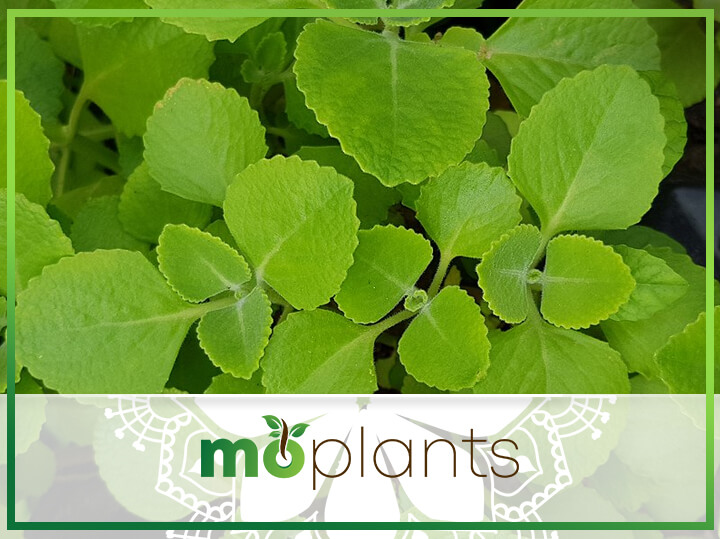If you’re looking for a new plant to grow in your indoor or outdoor garden, Mexican mint or Mint Marigold is a good option.
This herb is not only a fragrant and tasty addition to most dishes; it also blooms beautiful flowers in the summer, adding a burst of bright color to your landscape.
Interested? Keep reading for more information!
About Mexican Mint and Mexican Mint Marigold
Mexican mint (Plectranthus amboinicus) is a perennial succulent in the Lamiaceae family. Because it’s a mint plant, it’s easily characterized by its wide, thick, and fuzzy leaves as well as its pungent aroma.
When it bears flowers, they form in little clusters of white, lilac-pink, or lavender. This usually lasts from summer all the way up to fall.
Mexican mint marigold (Tagetes lucida), on the other hand, is a bush plant with narrow, sharp-toothed leaves.
Known in Mexico as a “cloud plant”, this herbaceous perennial grows up to two feet and produces yellow-orange flowers in warm weather.
Despite its name, Mexican mint marigold smells more like tarragon plants (which is why it’s sometimes called Spanish tarragon), and its flavor profile is closer to licorice or anise.
How to Grow Mexican Mint and Mexican Mint Marigold
To grow Mexican mint, plant it in part sun/shade and make sure it’s in well-drained soil. Because it grows better in warm and dry conditions, you’ll also have to transfer it indoors during autumn and winter.
Make sure to move it around your garden and into the shade if it gets too hot, though, as its leaves may burn.

Once it acclimates to its environment, the plant grows very quickly, sometimes reaching a height of 18 inches and a width of three feet. Given this, you should grow it in containers for easy transportation.
Similarly, Mexican mint marigold thrives in warm weather, either in full sun or part sun/shade. Plant this herb in well-drained soil during the spring, and you may be rewarded with golden flowers in the fall.

Although you can grow it from the ground, keep in mind that it will freeze during the colder months.
If you expect harsh winters regularly, it’s a good idea to place these in containers so you can protect them from the frost.

Lastly, remember to water both plants regularly, but make sure you have an effective drainage system in place to prevent drowning the roots.

Infographic

Uses of Mexican Mint and Mexican Mint Marigold
These plants don’t just have aesthetic purposes; they’re useful in the kitchen as well!
Mexican mint marigold leaves can be used in soups, dressings, and seasonings as a substitute for French tarragon, and they can even be used to brew a cup of soothing tea.
Its flowers can be beautiful garnishes for most dishes too, although we particularly like them in garden salads.
On the other hand, Cuban oregano can be used in place of regular/Mediterranean oregano, in soups, seasonings, and sauces. This has a slightly stronger flavor, though, so use it sparingly.
In the past, Cuban oregano leaves have also been used to treat respiratory infections, indigestion, and other minor illnesses.
To store these herbs, keep them in a tightly sealed container, preferably in an area with lots of shade (such as your kitchen cabinet), as heat and sunlight can affect their potency and flavor.
Final Thoughts
Now that you have our expert advice on how to grow and use these herbs, you’re more than ready to add them to your own gardens!

